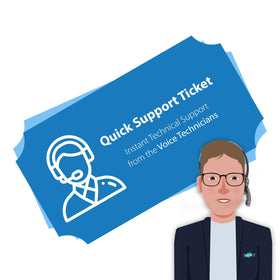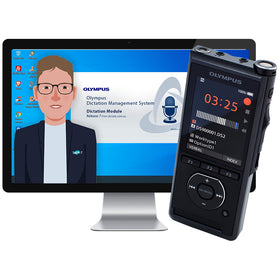Philips SpeechLive Cloud Dictation - What's new and coming up
Philips SpeechLive continues to lead the way in cloud-based dictation; with a forward-thinking team of talented developers, and a new and existing customer base with evolving requirements, SpeechLive has plenty of updates planned to bring even better functionality to the #1 solution for cloud dictation.
New features
Web App
Users can now add their own custom voice commands. This allows them to define commands for content they frequently reuse. For example the address of their company, standardized letter headers, signatures, contact details, disclaimers or standard responses. This feature greatly enhances the speech recognition function and commands are additionally used across all applications (Web, Mobile and Desktop), ensuring the same speech recognition experience across multiple devices.

Users can now split up longer dictations into smaller parts. This is especially helpful for longer dictations to split up the workload better between different typists.

![[Note]](https://www.speechlive.com/fileadmin/helpdesk-paligo/css/image/note.png) |
Note |
|---|---|
|
This function is only available for SpeechLive Enterprise. |
Typists can now turn on in-app sound notifications for new dictations. They can also set notifications for specific dictation priorities so that they only receive notifications for their most important work. This feature greatly improves typists' day-to-day work by ensuring they are notified as soon as new dictations are ready to be processed.

Users can now create new dictations or speech recognition sessions by simply entering a specific URL deep link. They can even add additional parameters to the URL to pre-populate specific dictation properties, such as work type, dictation priority and more. This saves authors a lot of time in their daily work, especially when they use very similar dictation properties. At the same time, it is now possible to open a specific dictation directly by typing the correct URL in the browser's address bar.
Administrators can now pre-configure the Mobile App via Unified Endpoint Management (UEM) and Mobile Device Management (MDM) to force users to use biometric or PIN authentication. This ensures a secure rollout of the app within organizations, providing additional protection for sensitive data.
Users can now add their own custom voice commands. This allows them to define commands for content they frequently reuse. For example the address of their company, standardized letter headers, signatures, contact details, disclaimers or standard responses. This feature greatly enhances the speech recognition function and commands are additionally used across all applications (Web, Mobile and Desktop), ensuring the same speech recognition experience across multiple devices.









Leave a comment